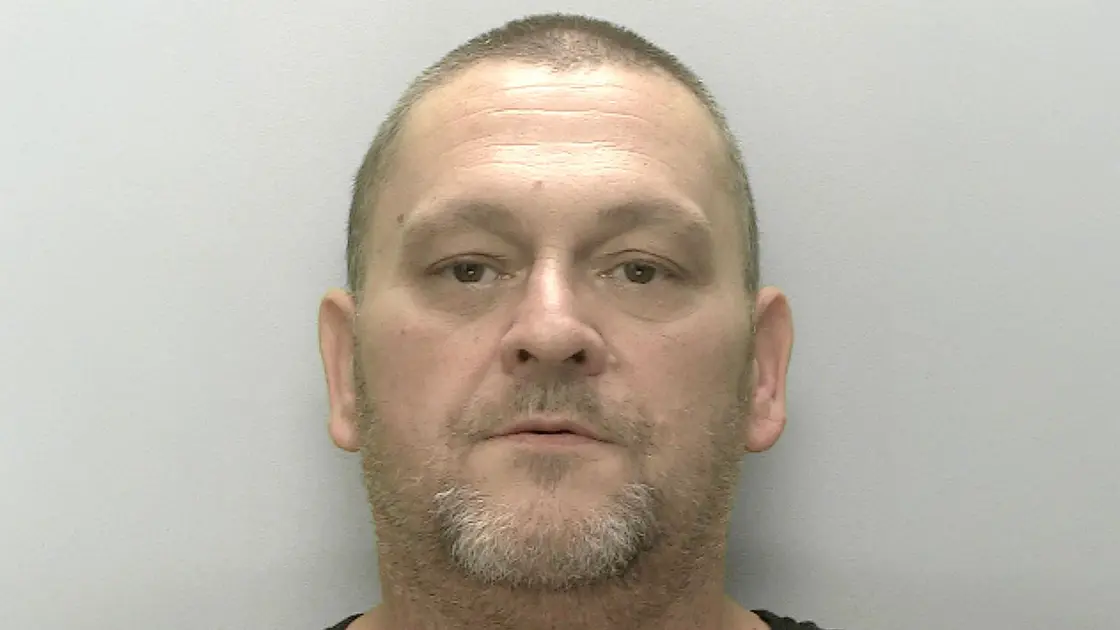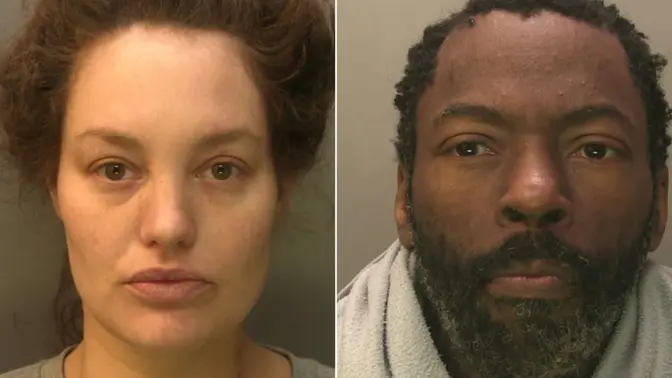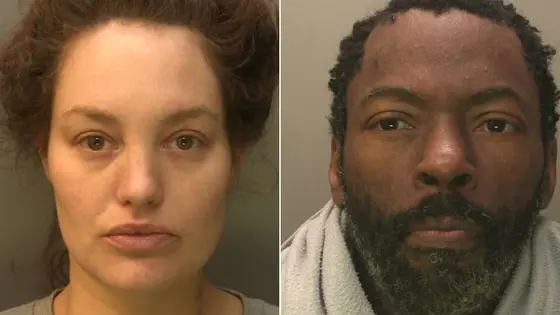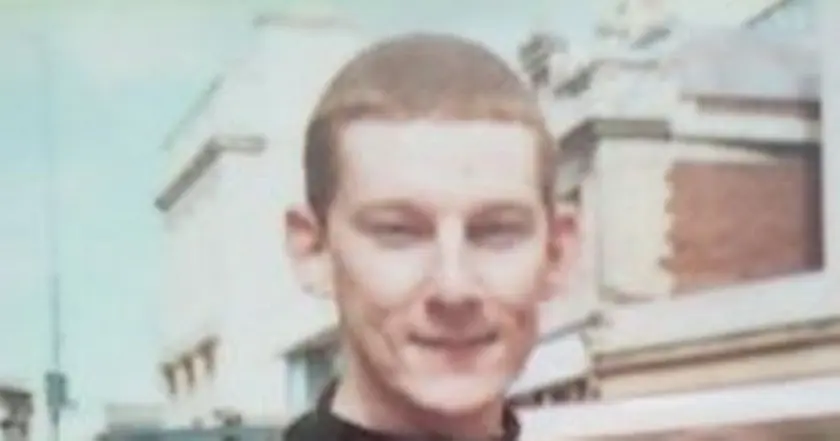T4K3.news
Torquay death case background
A man was jailed after hiding his ex-partner's death for years in a Torquay flat.

Jamie Stevens is jailed after hiding the death of his ex partner in a Torquay flat for years.
Hidden death in Torquay tests care and accountability
A court heard that Jamie Stevens, 51, continued to live in a Torquay flat after the death of Anouska Sites and covered her body with a blanket. He pleaded guilty to preventing a lawful burial and perverting the course of justice and was jailed for 14 months. Police later found Ms Sites’ skeletal remains in the living area, with the room described as cluttered and reminiscent of a hoarder’s home. Ms Sites had last been seen in May 2022 and was reported missing in April 2023; her death is not treated as suspicious and a coroner’s file will be submitted. Prosecutors noted Ms Sites’ vulnerabilities, including mental health problems and addictions, which complicated the case and reporting timeline.
The court heard that Stevens told police he had no contact with Ms Sites since early 2022 and that he believed she had left the flat when he returned to it in the evening. He claimed he found her dead on the sofa and covered her body, continuing to live in a separate part of the flat. The prosecution described the discovery as a stark reminder of how fear and inertia can allow tragedy to endure unseen for years.
Key Takeaways
"This is an absolutely tragic case."
Judge Anna Richardson describing the sentencing
"Ms Sites had a number of difficulties, including substance misuse."
Prosecutor describing Ms Sites’ vulnerabilities
"passive failure"
Defense characterization of Stevens's actions
"She deserved better"
Defense remarks about Ms Sites
This case underscores how isolation and stigma around mental health and addiction can enable a death to go unaddressed for years. It also raises questions about how communities safeguard vulnerable individuals who drift away from contact with services. The legal outcome signals a demand for accountability, but it also invites public scrutiny of how such cases slip through cracks in missing-person networks and social support systems. The sentence aims to balance empathy for a devastated former partner with the duty to deter concealment of a death, a difficult political and moral line for the public to watch closely.
Highlights
- Silence can outlive a tragedy
- Accountability must meet the scale of harm
- A quiet flat can hide a life long after it ends
- Society must protect the vulnerable before a case turns cold
Public reaction risk over missing person case
The case touches on sensitive issues around mental health, addiction, and how authorities respond to missing persons. Its discovery after years could draw public criticism and calls for reform of safeguarding and policing practices.
A case like this pushes society to act sooner for the vulnerable and to strengthen how we respond when someone goes missing.
Enjoyed this? Let your friends know!
Related News

Couple found guilty of manslaughter in infant death

Marten and Gordon found guilty in infant's death

Father pleads guilty to killing son

Man dies after using unapproved cancer drug

Salmonella outbreak traced to brand A raw milk

Twin blames mother for sister's death after cancer treatment denial

Investigation into woman found with 26 iPhones

Investigation launched after woman found dead with iPhones glued to her body
